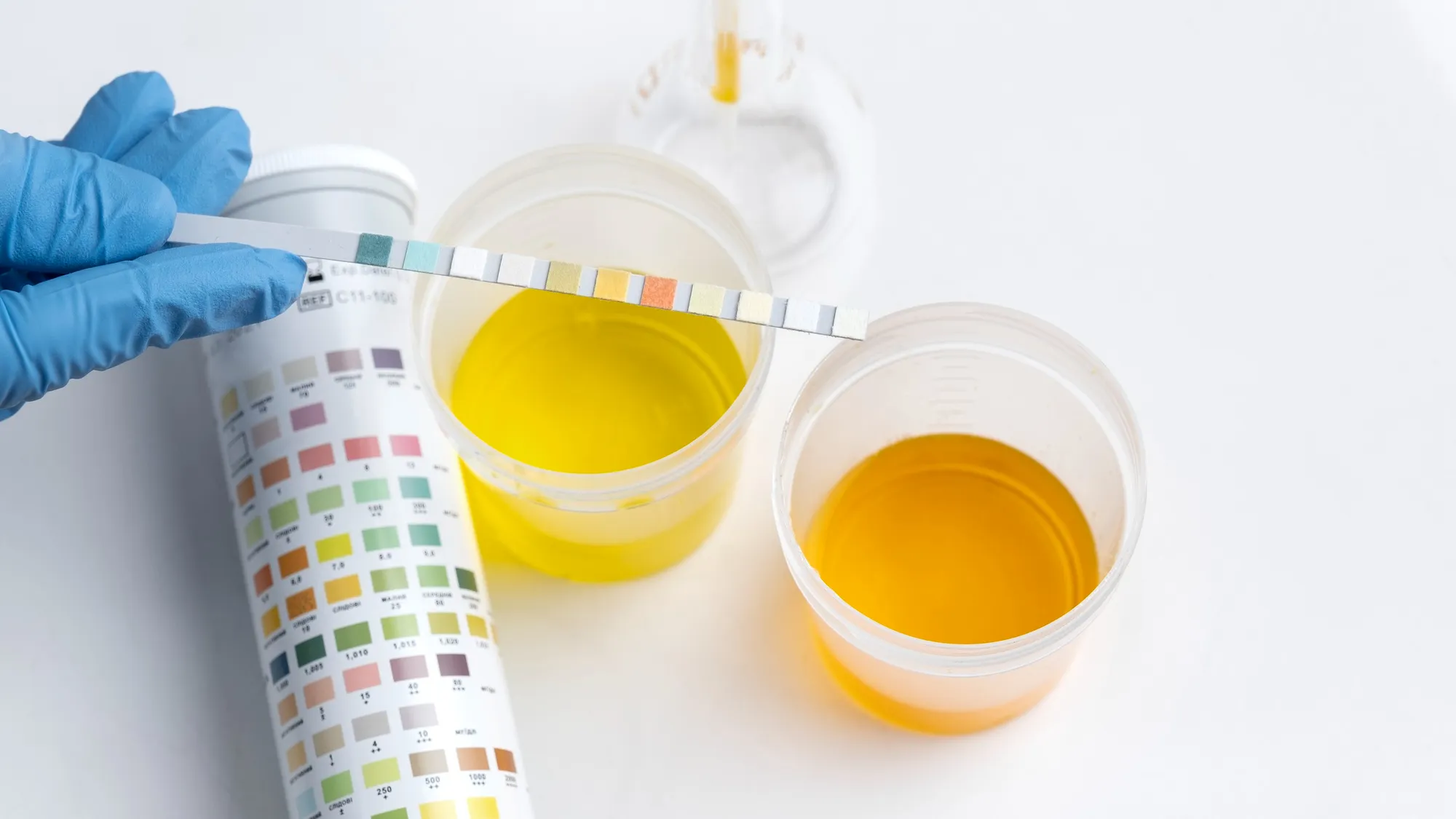Abstract
The extraction of psychoactive substances from biofluids is a fundamental process in analytical chemistry, particularly in toxicology and drug monitoring. Recent developments presented in ‘Analytica Chimica Acta’ by researchers at the University of Valencia highlight a novel sample extraction technology. Scientists have designed monolith-coated microcentrifuge tubes that facilitate the extraction of psychoactive substances from urine, coupled with liquid chromatography-tandem mass spectrometry for detection, offering simplicity, efficiency, and environmental benefits.
The world of analytical chemistry has seen significant advancements in sample extraction technologies, particularly concerning the isolation of psychoactive substances from complex matrices like urine. A recent study published in ‘Analytica Chimica Acta’ describes an innovative monolith-coated microcentrifuge tube that streamlines the extraction process for these substances with multiple advantages over traditional methods.
The research article, authored by Muñoz-Bartual M M, Arjona-Mudarra P P, Garrigues S S, and Esteve-Turrillas F A from the Department of Analytical Chemistry at the University of Valencia, details the development of a porous monolith made from poly(methacrylic acid-co-ethylene glycol dimethacrylate) immobilized on the inner wall of commercial 2 mL polypropylene microcentrifuge tubes. This design harnesses radical photopolymerization catalyzed by bis(2,4,6-trimethylbenzoyl)phenylphosphine oxide and activated by a 405 nm laser pointer. The researchers finely tuned the photopolymerization parameters to secure a continuous and homogenous polymer layer along the tube’s interior surface, yielding both consistent and accurate results alongside environmental benefits.
One significant achievement of this study is the creation of a device that boasts high portability and reduced solvent consumption without compromising extraction efficiency. In assessing the device’s capability, twelve psychoactive substances were successfully extracted from urine samples. Factors such as sample pH, extraction and desorption times, and the volume of desorption solvent were carefully evaluated. Results indicated promising limits of quantification (LOQ) ranging from 0.2 to 2.7 μg L^-1, making this device not only practical but also highly sensitive.
The performance of the monolith-coated tubes was further analyzed under different conditions. The matrix effect, reusability, and stability were scrutinized, revealing minimal matrix interference and superior durability of the tubes. This endurance points towards repeated use, reducing both operational costs and environmental waste. Notably, the study outlined the sample extracts’ compatibility with liquid chromatography-tandem mass spectrometry, a method known for its precision in quantifying complex substances.
The research mentioned in the journal article “Monolith-coated microcentrifuge tubes for the easy extraction of psychoactive substances from urine samples and liquid chromatography-tandem mass spectrometry determination” represents a significant step toward simplifying analytical procedures while maintaining the essentials of extraction efficiency, sensitivity, and selectivity.
The need for an easy-to-use, cost-effective, and environmentally friendly mechanism to extract and analyze psychoactive substances is underlined by the growing concern over substance abuse and the necessity for accurate drug monitoring in various sectors, including clinical, law enforcement, and sports.
The innovative monolith-coated microcentrifuge tubes designed by the team at the University of Valencia address these needs by offering an effective solution for the extraction and detection of a wide range of psychoactive substances. Tested for parameters like extraction efficiency, matrix effects, reusability, and stability, the tubes are validated for high performance when utilized in conjunction with liquid chromatography-tandem mass spectrometry.
The study emphasizes the reliability and potential of the device to become an integral part of the standard toolkit in forensic toxicology and drug monitoring labs. The device’s contribution toward environmental sustainability by reducing solvent consumption aligns with the globally acknowledged need to minimize laboratory waste.
The paper can be accessed through its DOI: 10.1016/j.aca.2023.342136, and the implications of this research extend to various stakeholders, including analytical chemists, toxicologists, and environmental scientists, who may find relevance and applicability in their respective fields.
References
1. Muñoz-Bartual M M, Arjona-Mudarra P P, Garrigues S S, Esteve-Turrillas F A. (2024 February 01). Monolith-coated microcentrifuge tubes for the easy extraction of psychoactive substances from urine samples and liquid chromatography-tandem mass spectrometry determination. Analytica chimica acta. DOI: 10.1016/j.aca.2023.342136.
2. Gomez-Rios G. A., & Pawliszyn J. (2012). Development of coated blade spray mass spectrometry for the quantitation of target analytes present in complex matrices. TrAC Trends in Analytical Chemistry, 34, 1-13. DOI: 10.1016/j.trac.2011.11.009.
3. Lee M. S., Kern S. E., & Kissinger P. T. (2002). Reducing matrix effects in bioanalytical mass spectrometry by continuous flow sample clean-up using extraction columns. Journal of Chromatography B, 772(1), 1-10. DOI: 10.1016/S1570-0232(02)00063-6.
4. Zhang Z., Yang M. J., & Pawliszyn J. (1994). Solid-phase microextraction. A solvent-free alternative for sample preparation. Analytical Chemistry, 66(17), 844A-853A. DOI: 10.1021/ac00089a001.
5. Wen Y., & Zhang X. (2016). Recent development of polymer monoliths for sample preparation. Journal of Separation Science, 39 (1), 6-21. DOI: 10.1002/jssc.201500768.
Keywords
1. Psychoactive substances detection
2. Urine sample analysis
3. Liquid chromatography-mass spectrometry
4. Extraction techniques in toxicology
5. Monolith-coated extraction device
The article conveys the significance of the research and the transformative potential of the monolith-coated microcentrifuge tubes in the field of analytical chemistry. It specifically addresses the needs of professionals in drug analysis while simultaneously addressing the broader concern for environmentally sustainable laboratory practices.
